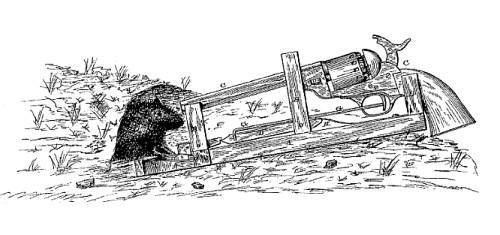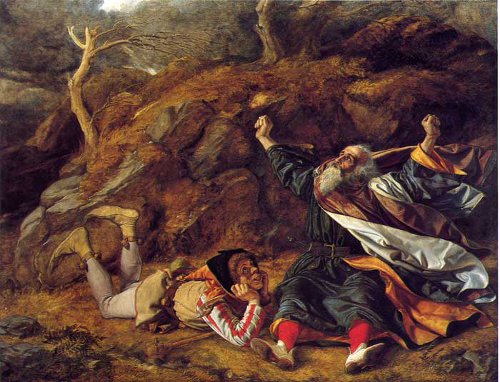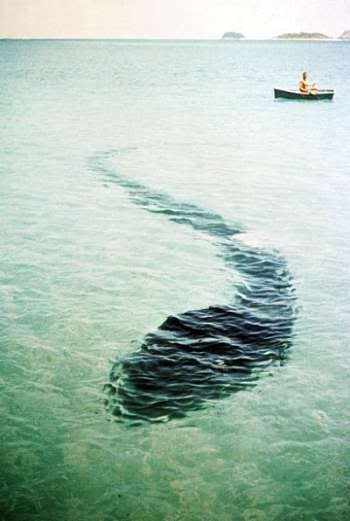In the late 1950s and early 1960s, the tiny town of Vernon in Florida’s panhandle gained a disturbing reputation for insurance fraud. Only 500 people lived in Vernon, but fully 10 percent of these (all men) reported they had lost arms, legs, and fingers. For a brief period this region of Florida accounted for two-thirds of all loss-of-limb claims in the United States.
“Somehow they always shoot off the parts they seem to need least,” noted one investigator. Another wrote, “To sit in your car on a sweltering summer evening on the main street of Nub City, watching anywhere from eight to a dozen cripples walking along the street, gives the place a ghoulish, eerie atmosphere.”
The trend lasted only a few years, and the allegations were never proven, but the town remained sensitive to its reputation for decades. In 1981 filmmaker Errol Morris was planning a documentary about Vernon (where, he said, the people “became a fraction of themselves to become whole financially”). According to Morris’ Web site, the film “had to be retooled when his subjects threatened to murder him.”





